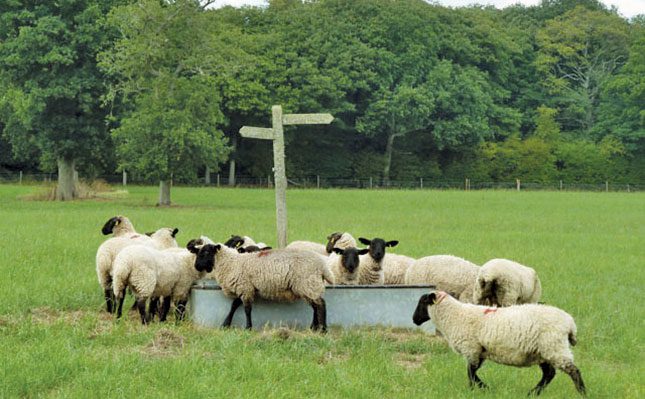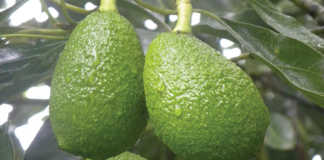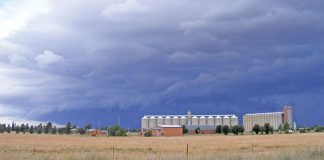
Photo: Flickr: Robin Webster
Worms and poisonous plants can cause diarrhoea in sheep and goats. This can be serious enough to be fatal.
Plants that are a particular problem include chincherinchee (Ornithogalum thyrsoides), Januariebos (Gnidia polycephala) and harpuisbos (Euryops speciosissimus). Sheep and goats will generally eat unfamiliar plants only when no other food is available.
When sheep and goats have diarrhoea, their droppings usually become soft, watery and smelly. Dehydration follows, making the conditions worse. These animals need to be given plenty of clean drinking water as quickly as possible.
You can also give them electrolyte solutions to prevent dehydration and help revive them. Lectade is an example of a ready-made electrolyte solution that can be bought, but you can make your own electrolyte solutions at home for much less.
Here’s how to go about it:
Solution 1
- 2 tablespoonfuls of glucose (this can be bought from a pharmacy)
- 2 teaspoonfuls of salt
- 2 teaspoonfuls of bicarbonate of soda
- 2 teaspoonfuls of lemon juice
- Mix all of the above in 2ℓ of water and give to sick animals.
Solution 2
- Half a teaspoonful of salt
- 4 tablespoonfuls of sugar or honey
- Mix into 1ℓ of clean water and give to sick lambs or kids.
Solution 3
- A quarter teaspoonful of salt
- A quarter teaspoonful of bicarbonate of soda
- 3 tablespoonfuls of glucose or 50mℓ (5 teaspoonfuls) of glucose syrup (available from a pharmacy)
- Mix into 1ℓ of clean water.
- Choose ONE solution, and use 1ℓ to 2ℓ every 24 hours for a lamb/kid of 10kg.
Source: ‘Diarrhoea in sheep and goats’. Infopak 2001. Department of Agriculture.











